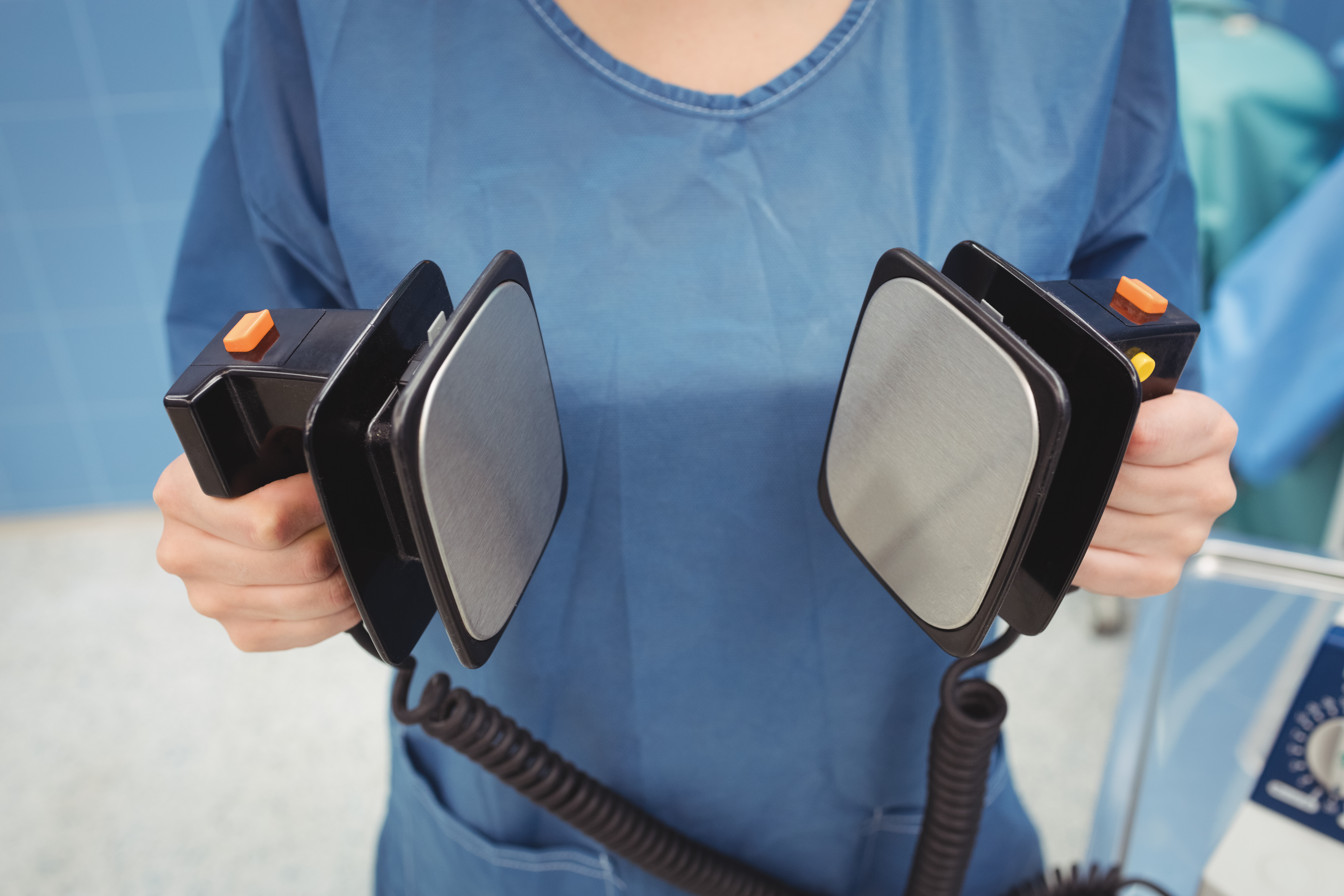A trial by Dr. Jorrit S. Lemkes, published in JAMA Cardiology, demonstrated that immediate coronary angiography and percutaneous coronary intervention (PCI) does not improve the 1-year clinical outcomes of patients after successful resuscitation from non-ST segment elevation cardiac arrest. Also, the survival rate was comparable between patients whose angiography was performed immediately (61.4%) versus those whose angiography was delayed (64.0%).
Given the high prevalence of coronary artery disease among patients with cardiac arrest, coronary angiography and PCI should be considered in these patients with suggested evidence of coronary artery involvement. However, the current data regarding the appropriate timing of this intervention is lacking. The interim results of the Coronary Angiography after Cardiac Arrest (COACT) trial failed to find a significant difference between the 90-days clinical outcomes of patients with delayed coronary angiography versus patients with immediate coronary angiography after non-ST segment elevation cardiac arrest. The 1-year follow-up study investigated the long-term clinical outcomes of immediate coronary angiography in these patients.
COACT study, an open-label, multicenter, randomized trial, compared the short-term clinical outcomes of immediate versus delayed coronary angiography in patients resuscitated from cardiac arrest without ST-segment elevation on the electrocardiogram tracing. Briefly, a total of 552 patients with out-of-hospital arrest and no signs of ST-segment elevation myocardial infarction (STEMI) who successfully resuscitated from cardiac arrest were randomized in a 1:1 ratio to undergo immediate (within 2 hours of randomization) or delayed (after neurological recovery or discharge from intensive care unit) coronary angiography. The 1-year endpoints of the study included survival rate, myocardial infarction, repeated revascularization, hospitalization for heart failure, and implantable cardiac defibrillator (ICD) shock since the index hospitalization.
At 1-year follow-up, 94.6% of the participants (n=522) were available for analysis. The recent analysis of the data indicated no significant differences between the two groups. The survival rate was 61.4% and 64.0% in the immediate and delayed coronary angiography group, respectively (odds ratio (OR)=0.90; 95%Confidence Interval (CI):0.63-1.28). Additionally, the endpoints of the interest were equivalent in the 2 groups. For example, the rate of myocardial infarction was 0.8%in the immediate group and 0.4%in the delayed group (OR=1.96; 95%CI: 0.18-21.8). The study also showed that the post-cardiac arrest mortality usually occurs within the first 90 days after the arrest, and the survival rate after this period is relatively favorable.
The trial has some limitations that need to be taken into account. First, the study is not powered for a 1-year analysis. Second, the findings of this study are not generalizable to patients with shock, severe renal dysfunction, or persistent ST-segment elevation due to their exclusion from the trial.
The results of this trial suggest that in patients with out-of-hospital cardiac arrest with no signs of STEMI, the coronary angiography, if necessary, can be delayed until after neurological recovery.



